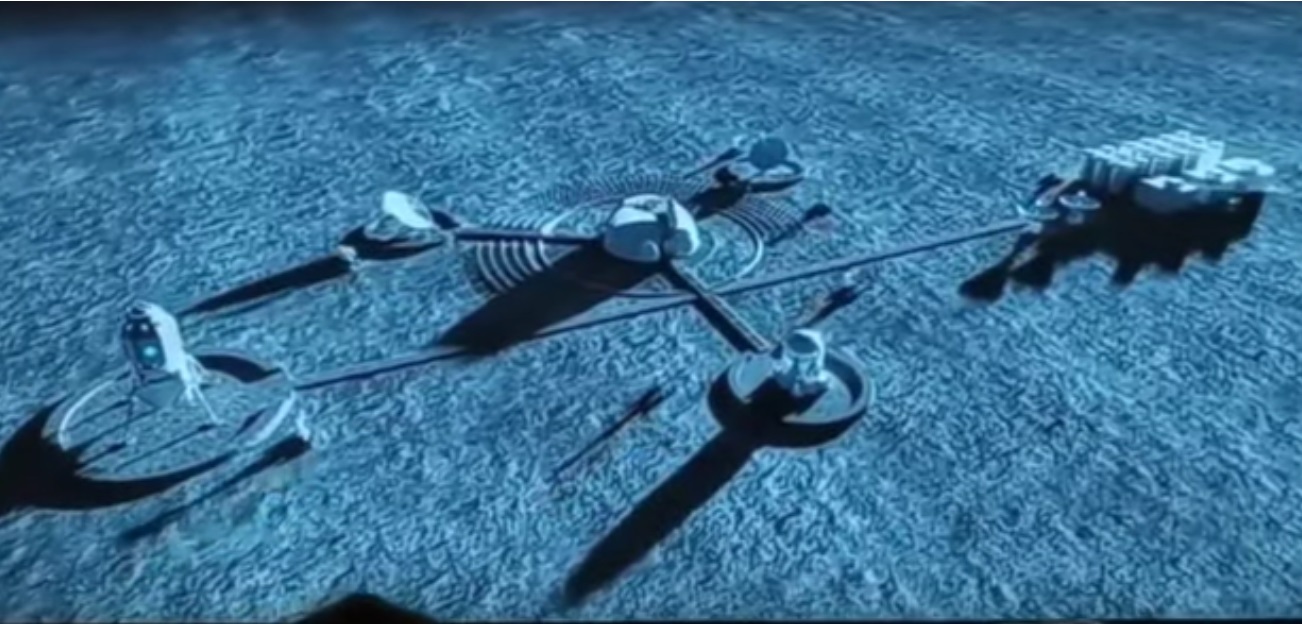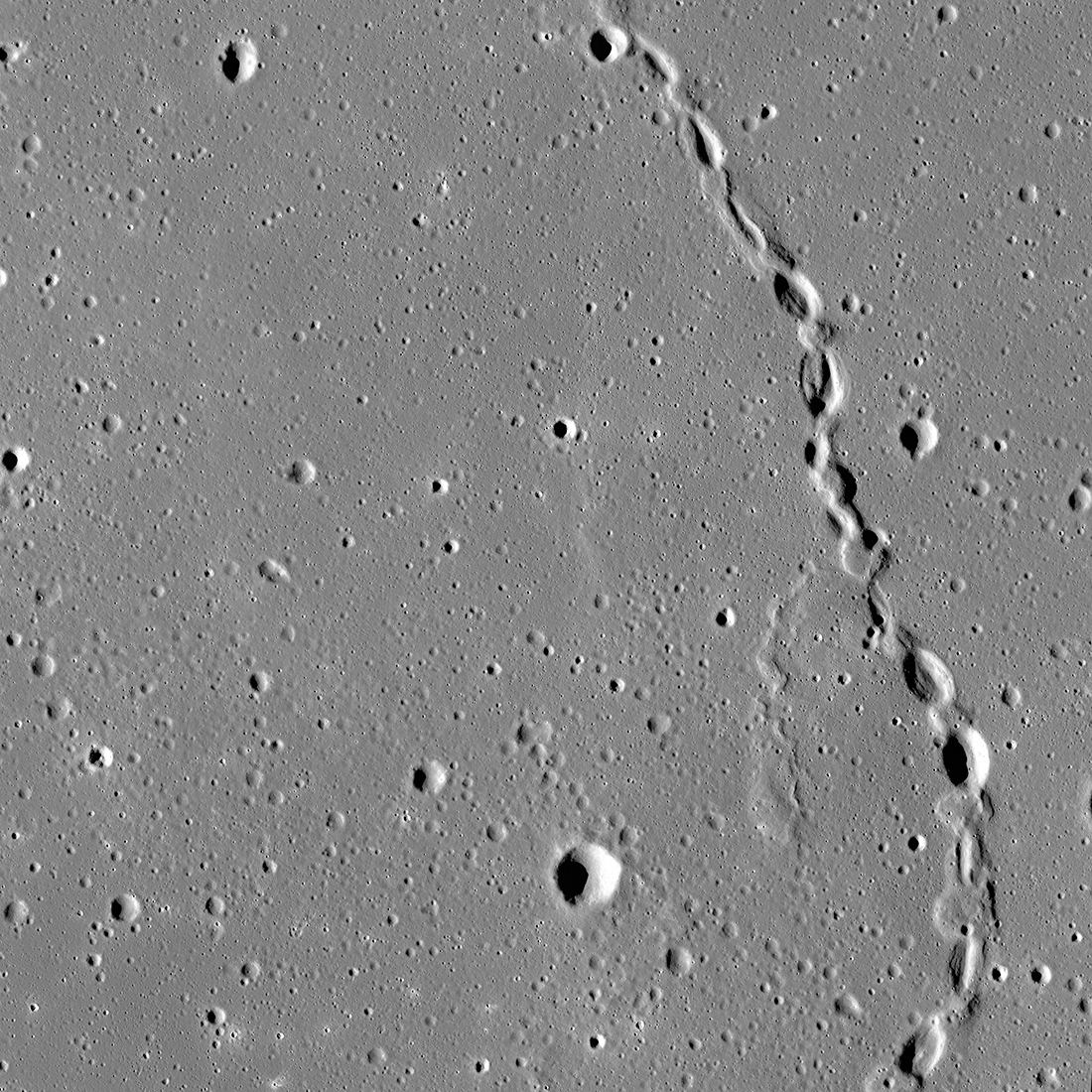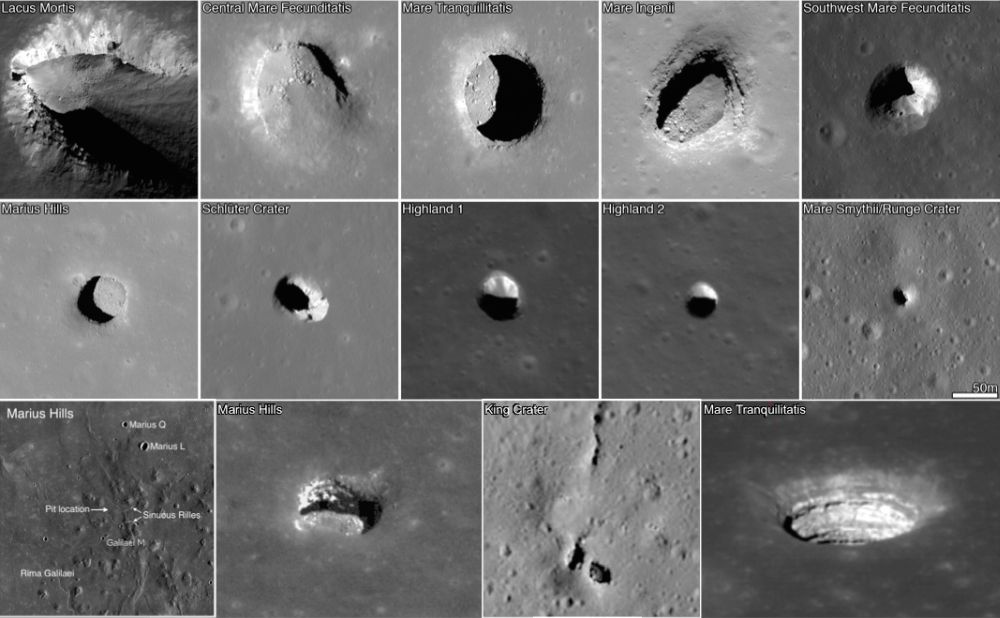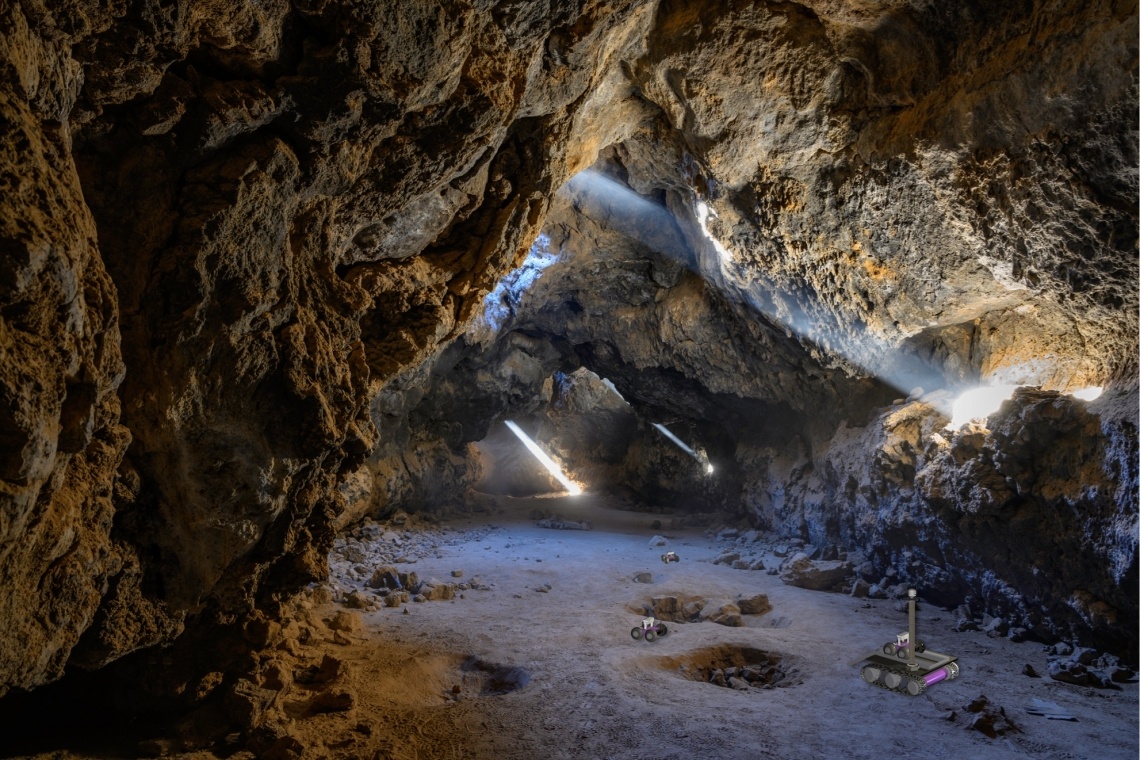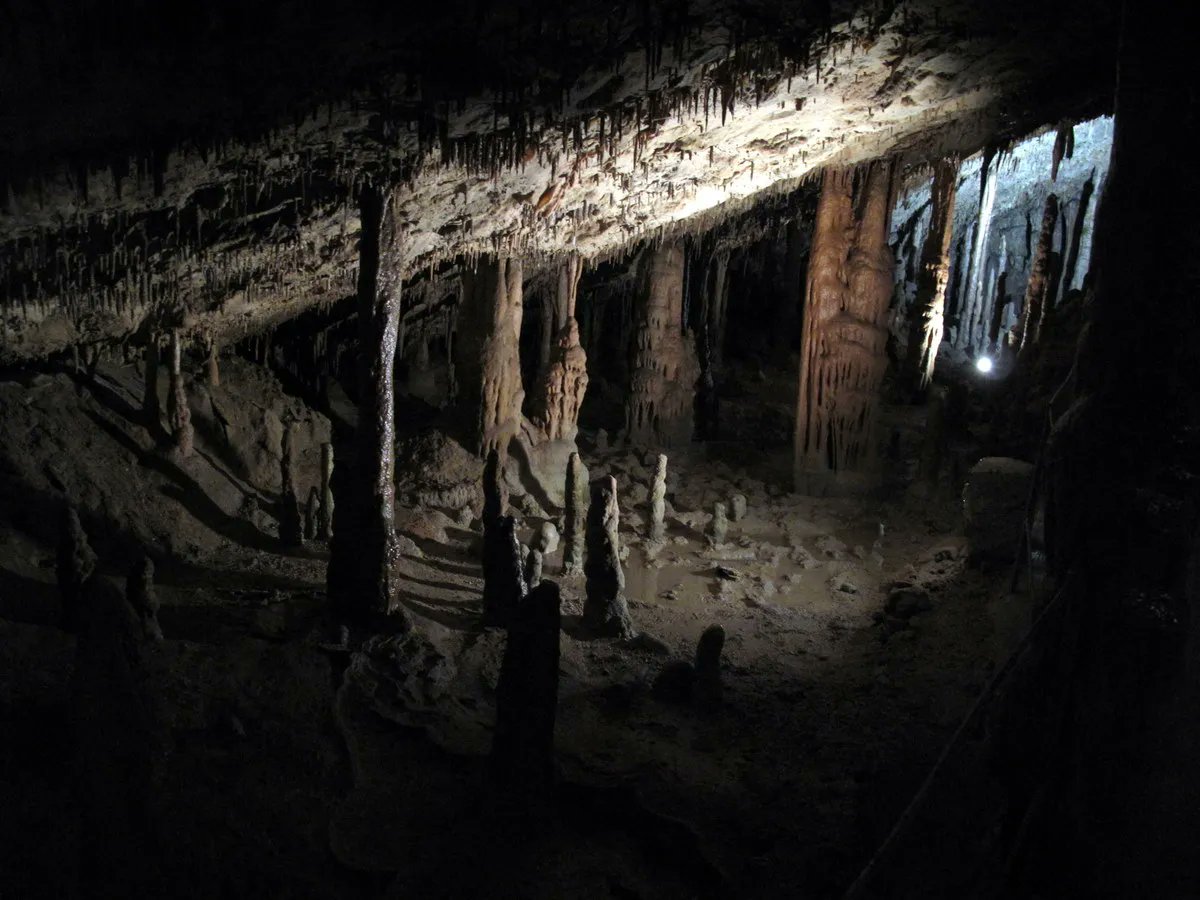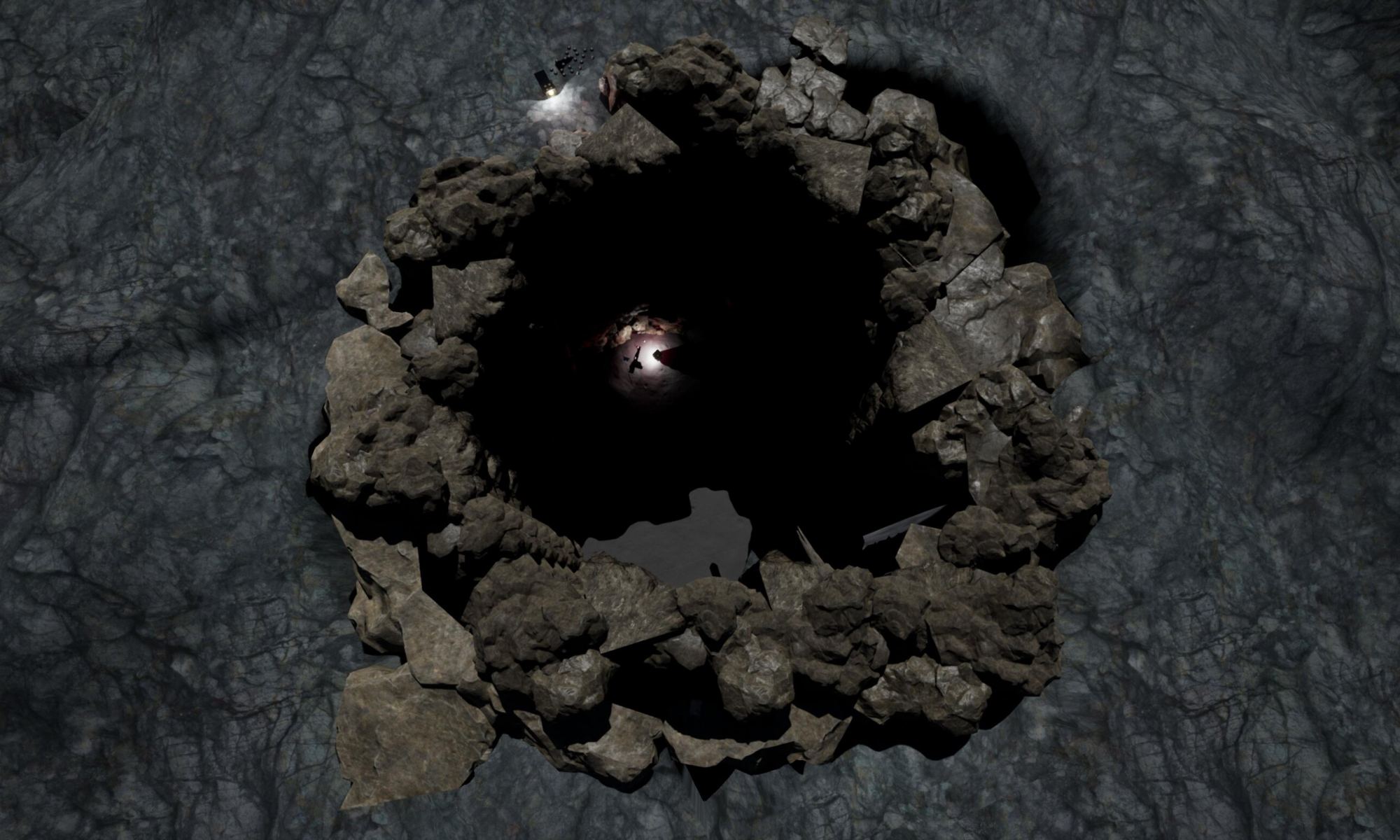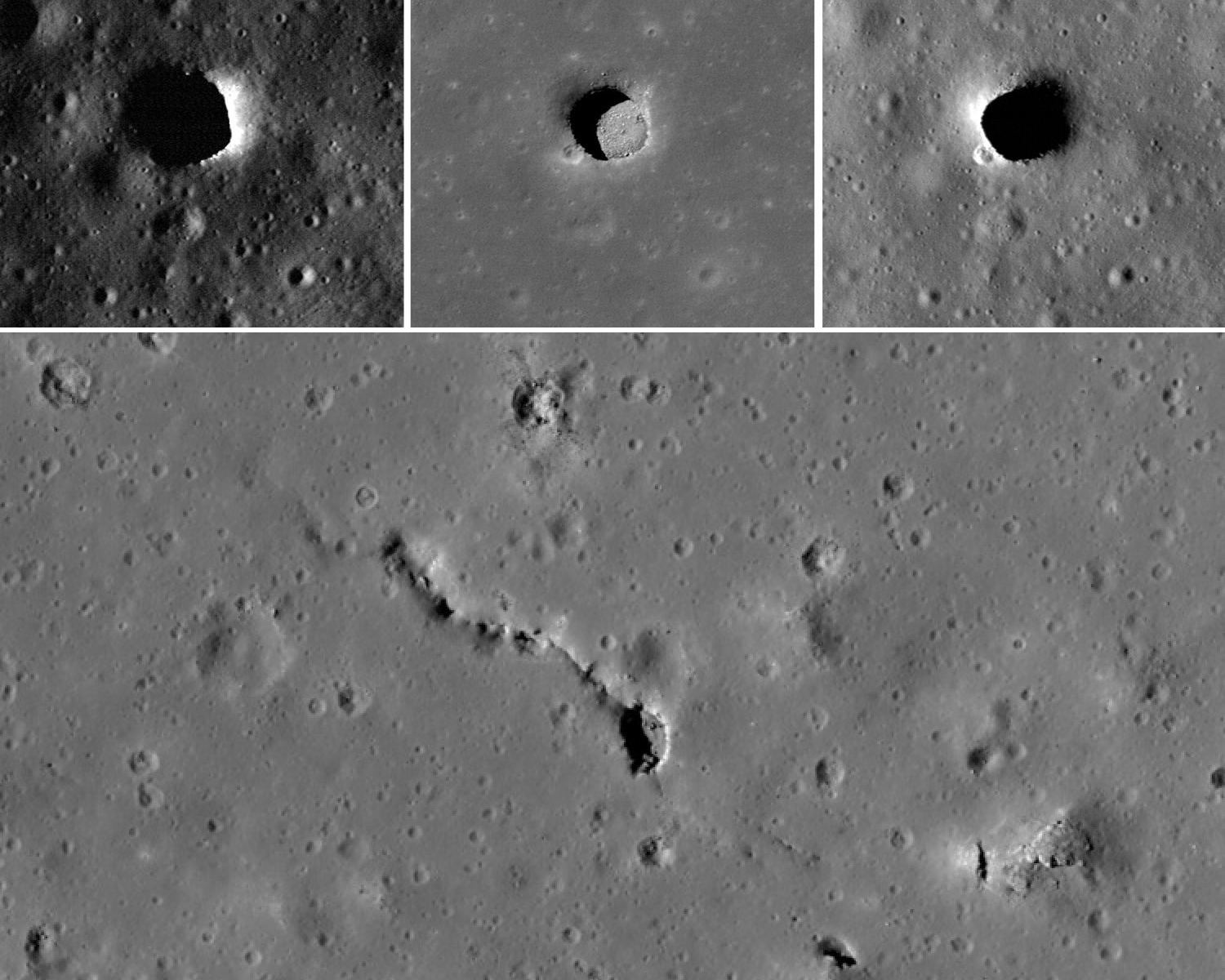The dream of building a permanent settlement on the Moon: a place where humans from all walks of life can come together and give rise to a new culture and identity. A place where vital scientific research and experiments can be conducted, lunar industries created, and people can go for a little “adventure tourism.” It’s been the stuff of science fiction and speculative literature for over a century. But in the coming years, it could very well become a reality.
This presents many challenges but also opportunities for creative solutions. For years, astronomers have speculated that the perfect place to create a lunar colony is underground, specifically within pits, caves, and stable lava tubes visible and accessible from the lunar surface. According to new research from CU Boulder, preliminary results show these pits to be remarkably stable compared to conditions on the surface.
Continue reading “The Moon is a Barren and Desolate, but Lunar Caves Could Offer Some Shelter From the Harsh Environment”


